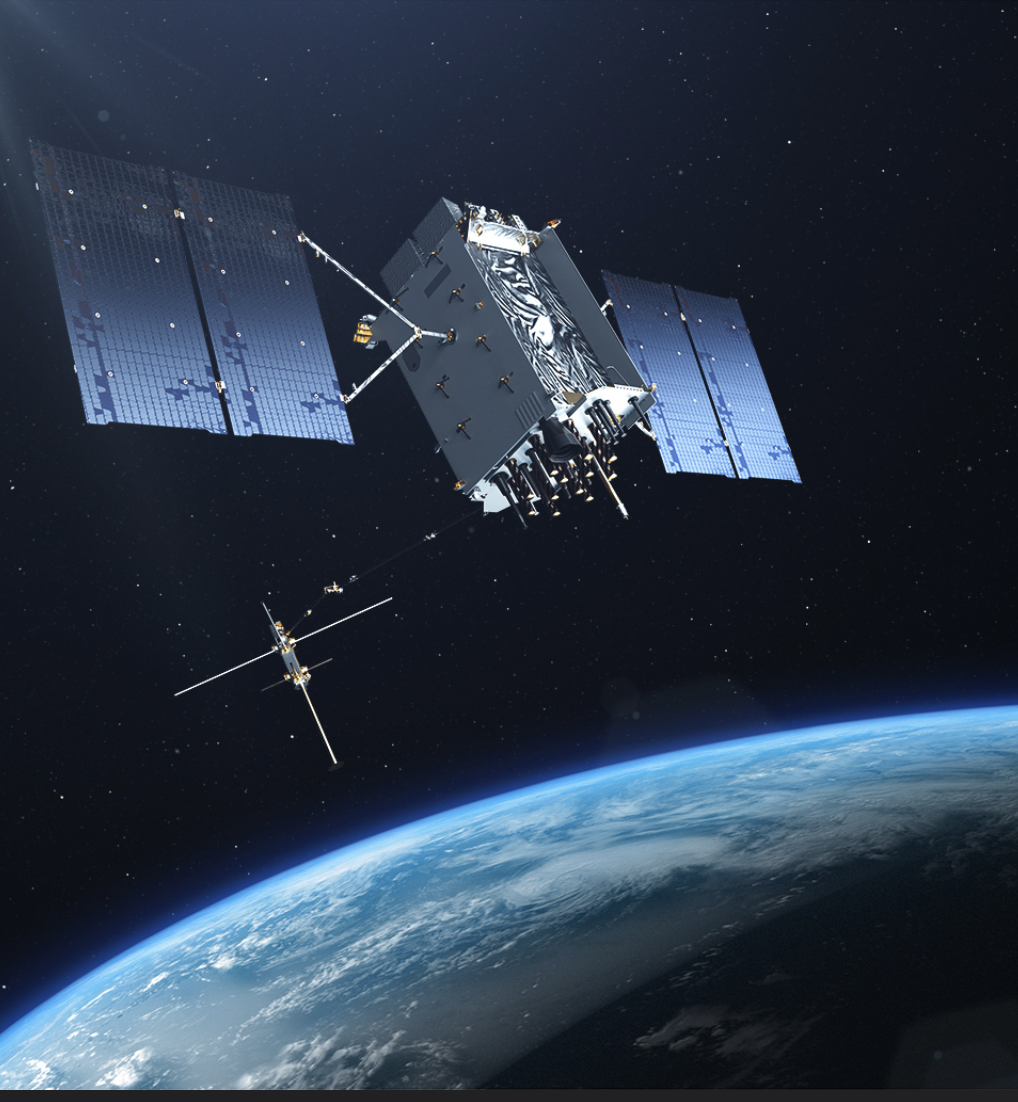A new watchdog report says the Air Force has yet to develop full cost estimates for the new ground system and user equipment essential for utilizing the expanded capabilities of the upcoming GPS III generation of satellites.
The Government Accountably Office (GAO) said in its annual assessment of weapons systems for Congress that the Air Force is still developing a final budget number and schedule for the Next Generation Operational Control System (OCX). OCX is necessary for implementing the new military M-code among other enhancements.
Raytheon is the prime contractor for OCX, which is now expected to reach initial capability in April 2022, according to GAO. The program — as of November 2016 — was more than five years behind schedule and, at $5.57 billion (2018 dollars), 52 percent over its original development budget, the agency wrote.
There appears to be limited official information available to update those 15-month-old cost and schedule estimates. The Air Force is still reviewing the program and developing a new budget and timeline. This effort has been underway since June 2016 when the service declared a critical Nunn-McCurdy breach. The program faced automatic cancellation unless the Department of Defense (DoD) certified its need for the program and conducted a review of what caused the breach; the schedule and budget rebaselining is part of that effort. The Air Force has an “unapproved baseline,” GAO reported, and “is using developmental funds to acquire the system.”
The Air Force told GAO the program now has a June 2021 acceptance date from prime contractor and “the Air Force has assessed 7 months of risk to meeting that date.” The GPS program office also undertook a comprehensive review of the OCX program’s schedule and cost according to GAO, which was to be completed in April 2018. This comprehensive review will inform completion of an independent cost estimate, which will in turn support completion of the system development review and approval of an acquisition program baseline.
Inside GNSS learned last summer that the development cost for the program was expected to jump to around $6 billion. There was also an expected slippage of some nine months due to “realized program technical risks” and the need to refresh out-of-date hardware and software, according to the Air Force.
As of press time Inside GNSS has not received responses to questions to Raytheon about the program and to the Air Force about the budget and schedule review.
The Military GPS User Equipment (MGUE) program has a problem of a different kind. “The full cost and schedule for implementing military-code receiver cards across DoD remains unknown,” reported GAO.
The Pentagon had determined as of February 2017 that there were 716 weapon systems that would need the military-code receiver cards under development by the GPS program office and its three contractors: L-3 Technologies, Raytheon and Rockwell Collins. The GPS program is working under the first increment of the MGUE program to develop the cards with the goal of making them as interchangeable as possible with existing receiver cards while incorporating the new M-code and other capabilities. The many weapon system programs using the cards will handle the actual purchasing and integration.
GAO said, however, that the DoD has only identified $2.5 billion in partial costs associated with 28 of those 716 weapon systems — less than 4 percent. Their estimate was based on M-code implementation plans submitted by the military services, Missile Defense Agency, and Special Operations Command.
Though Congress mandated in the National Defense Authorization Act for Fiscal Year 2011 that money not be spent to buy equipment without M-code capability after fiscal year 2017, the technology for the cards is still immature. As a result, many programs are now operating under waivers.






